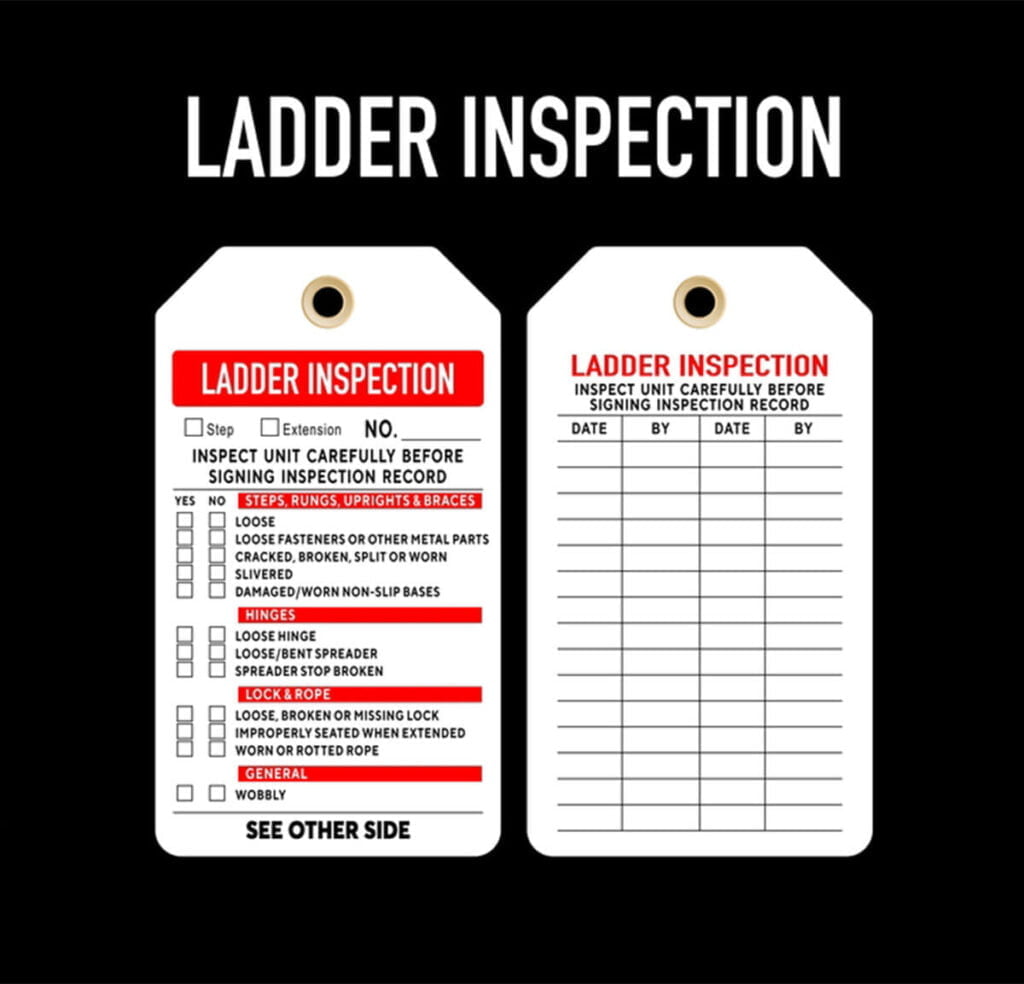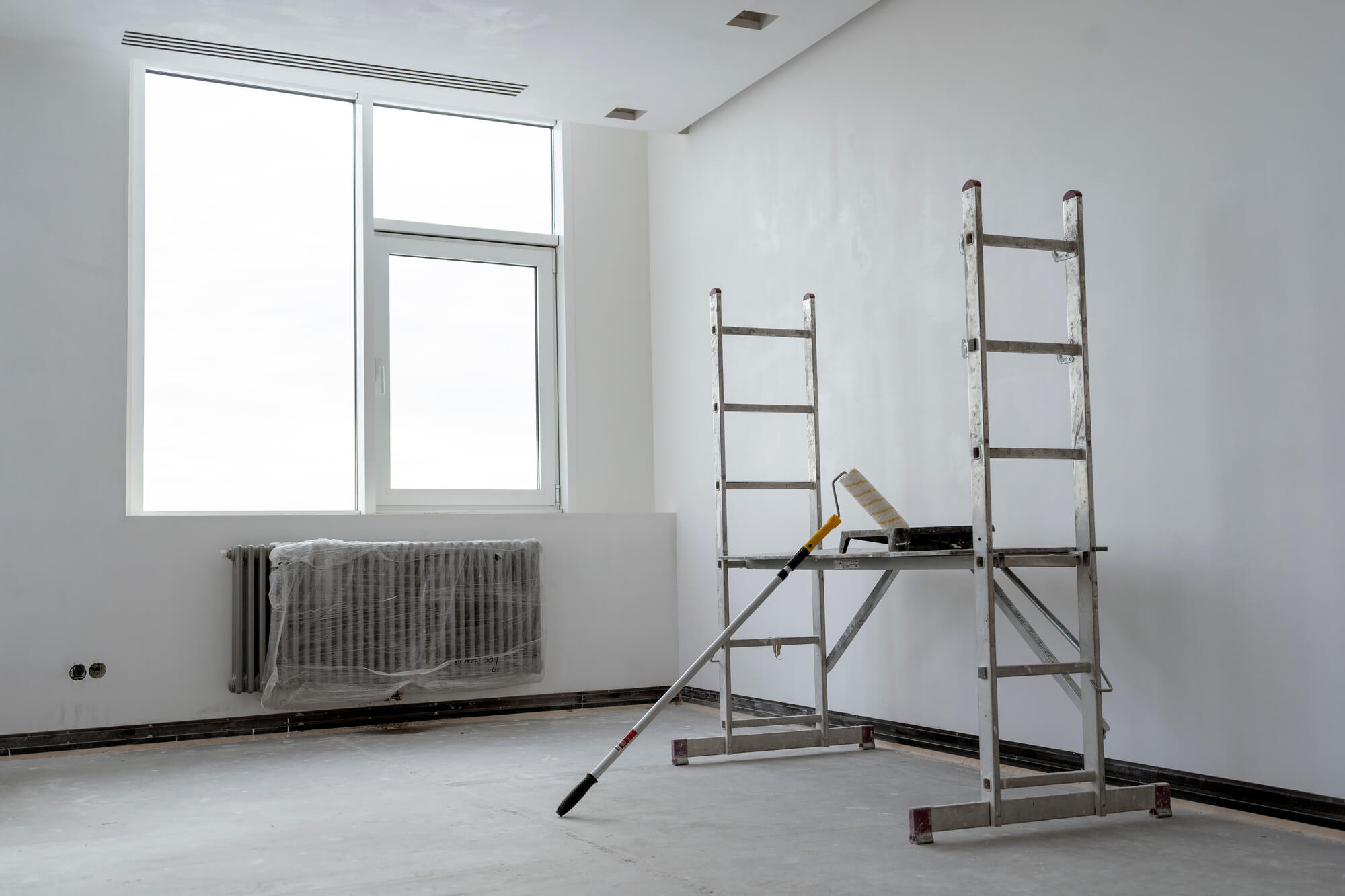Since mobile scaffold towers have been known to be inherently unstable, they can only be set up to a certain height. With this kind of risk involved, scaffold inspections have to be regularly carried out to ensure the safety of all who are working with the towers. Risks like falling from heights, breaking of the boards, and scaffolds overturning are inevitable when you are working on a scaffold tower.

Safety precautions when using scaffold towers
Safety is something you can’t compromise on when using a scaffold structure, hence the need to inspect scaffolding. Some of the safety precautions include the following:
- The weight limit for the tower should not be crossed.
- The wheels at the bottom should always stay locked when the tower is in use.
- The ground which the tower is erect on should always be firm and level.
- Extreme caution should be taken to ensure overheads are avoided.
- Only trained and qualified personell should build the tower.
- There shouldnt be anything on the tower when it is being moved.
Scaffold safety checklist

When writing a scaffold inspection report, there are a number of things that have to be put into perspective before it is declared safe for use. Here are some things that the checklist constitutes.
1. Availability and condition of the scaffold towers
Here, the condition of your company’s scaffold towers is checked. This is whereby aspects such as the structure of the tower including the presence of a three-sided guardrail system are checked. The structure will be checked for lockable castors and its access and boards are also checked.
The employees will also be given data concerning the working of the scaffold tower. This includes the maximum permissible weight capacity of the tower.

There should also be checks that are performed before each use of the tower to see whether it is suitable for the task at hand. here, the location, height, loading, and securing of the scaffold tower are checked.
2. Usage of the scaffold tower
The location where the scaffold tower should be away from any traffic and should also be firm. Any additional supports that are used to increase the stability of the tower are indicated.
Under the usage, other aspects such as whether the scaffold towers are moved with people on board, employees’ knowledge of the height regulations for scaffold towers, and locking of the castor rollers before use are made clear.
3. Attitude, training and organisation
A clear understanding of who conducts the regular checks for the scaffolding towers should be in place. All personnel, especially new employees, working with the towers should also have received proper training before working on the scaffolding towers.
Employees should report any defects on the scaffold towers and the employer should also make regular checks on the towers to ensure there is minimum danger around the construction site.

Who can carry out scaffold inspections?
The first and most important requirement for anyone to be allowed to carry out scaffold inspections should be a competent person with appropriate training. This implies that they have to have acquired skills and knowledge to enable them to inspect the scaffolding successfully.
In order to be deemed a competent person to carry out a scaffold inspection, one has to have a CISRS(Construction Industry Scaffolders Record Scheme ) card, which is acquired after completion of a basic scaffold inspection course that has been accredited by the CISRS.
In the case of inspection of advanced scaffolding structures, then the person carrying out the scaffolding inspections needs to have a CISRS Advanced Scaffold Inspection Card.

How often should scaffolding be inspected?
According to the work at height regulations 2005, a basic scaffold inspection should take place:
- After being erect and prior to being used .
- After intervals which do not exced seven days.
- Following any event that may have had an effect on the structure e.g heavy impact on the structure, any unauthorized modification and adverse weather.
We can all agree that the safety of those on the worksite comes first. Mobile scaffold tower inspections should be taken very seriously, and it is the responsibility of anyone in charge to ensure that they are carried out without fail. On top of that, scaffold inspection is a legal requirement therefore it is mandatory to inspect scaffold towers.